
Rocky Mountain coal mine in Alberta takes next step to expansion
In Alberta, a massive open-pit coal mine near Jasper National Park is hoping to expand...
In August, Christophe Laberge found himself wrestling with his conscience. He was a few months into a new job at a mining exploration site. Then a small diesel spill left him with big questions about how B.C. tracks and responds to hazardous spills — of all sizes.
He had been working at a ski lodge and decided to take a summer job working in mineral exploration, searching for copper and gold in north-central B.C. He liked the idea of working outside and thought it would be a chance to use his degree in geography. He also needed the money.
Laberge started working at Alpha Copper’s Indata Project in May 2022. It took driving through several kilometres of forest service roads before Laberge reached his new worksite, the Indata Project site near Albert Lake, about 130 kilometres from the community of Fort St. James. The main forestry road towards the site branches off into smaller and smaller roads. As the roads got smaller and the forest got thicker, Laberge remembers thinking the ecosystem felt “pristine.”
Companies have been searching for valuable minerals at the Indata site for decades, as was clear from the range of heavy equipment: trucks, excavators and a drill to get at the samples below the surface. Laberge helped around camp with tasks like building the irrigation system and setting up generators.
He also took soil samples to help the company find precious metals. He’d walk down a designated line with a shovel and a hand auger, a manual tool to help bore holes, then dig down into the ground, collect some dirt, put it in a brown paper bag and label it with coordinates to be sent off for testing. The site smelled like dust and diesel fumes when the drills were running — but if Laberge walked far enough away, he could still smell the fresh forest air.
Then, four months into his job, Laberge’s supervisor asked him to do something he hadn’t been asked before — shovel diesel-soaked dirt into the back of a pickup truck. There had been a spill. “We were told to keep it quiet,” Laberge said. A big meeting was called and Laberge said the crew was told by the site manager at the time of the spill, geoscientist Bob Johnston, if the nearby Takla Nation learned about it, they were going to be in “big trouble.” The company didn’t report the spill to the First Nation or to the provincial government.
Johnston told The Narwhal a porcupine likely chewed through a fuel line used to run the drill. Some of the diesel entered a small watercourse. A crew member tried to use dish soap to push the surface oil towards absorbent pads meant to soak up the diesel. When asked if he told the crew not to report the spill Johnston said: “I can’t remember if I did or not.”
Laberge estimates between 80 and 100 litres leaked from the diesel tank, though the company disputes that, saying it was probably around 10 litres. Either way, according to the B.C.’s Environmental Management Act, all spills, regardless of volume, that enter or are likely to enter a body of water must be reported. This includes ditches, springs, streams or creeks. Not reporting could lead to administrative fines of up to $75,000.
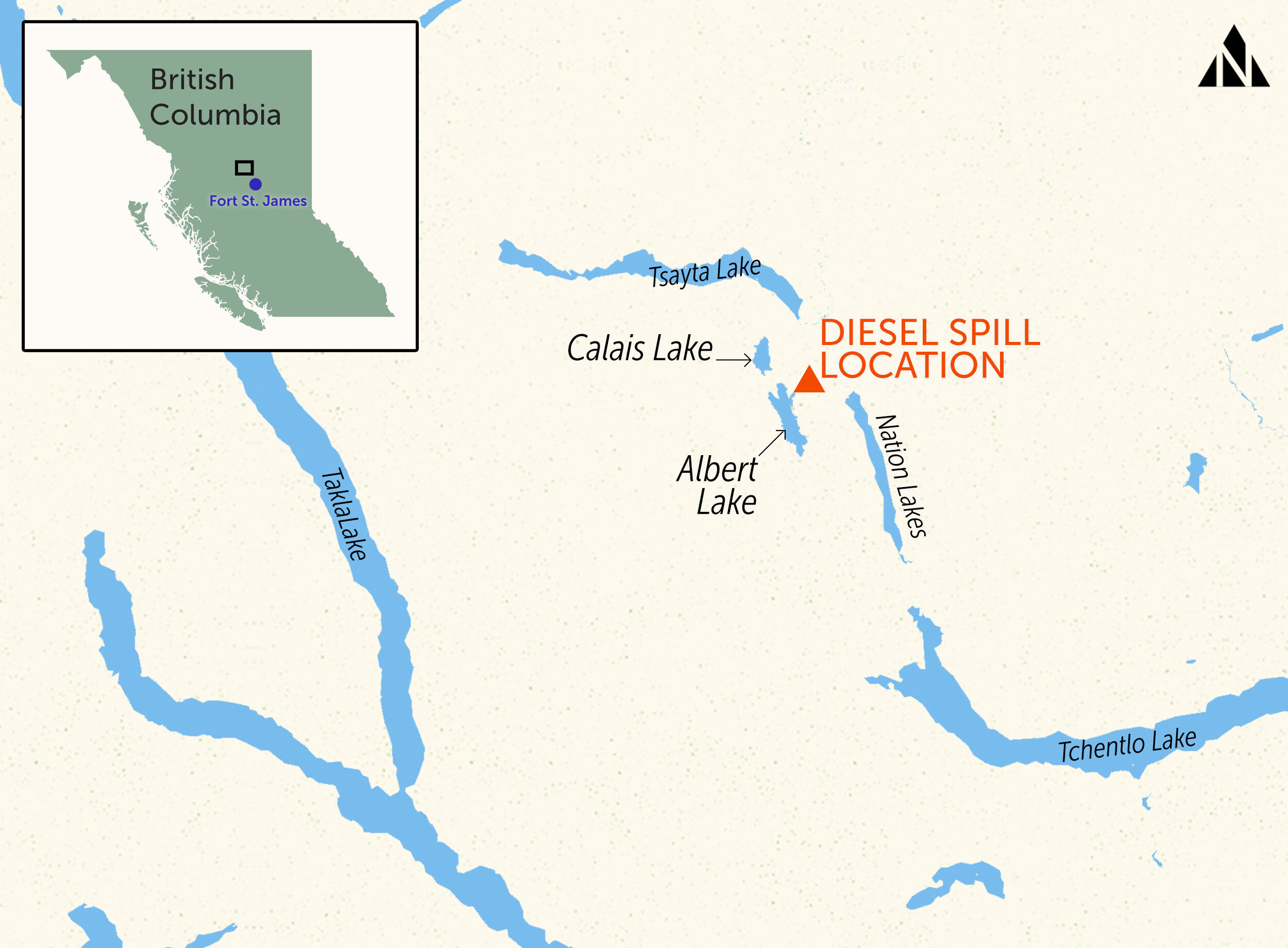
Even if it was just one litre of contaminant, if it entered water it should have been reported, Allen Edzerza, Tahltan Elder and former representative of the B.C. First Nations Energy and Mining Council, told The Narwhal. “It’s an industrial spill and this kind of contamination impacts quality of the water, it impacts the aquatic life in the water, it has the potential to impact wildlife and is certainly not good for the forest.”
There are thousands of mining and exploration projects all across the B.C., and the industry is growing at record speeds. Spending on exploration reached near 10-year record highs in 2021 at $660 million, according to a B.C. mineral and coal exploration survey. In B.C.’s north, exploration sites alone grew by over 55 per cent to over 170 projects, from 2020 to 2021.
To monitor each site at all times is an impossible task, and so British Columbians have to rely on companies to self-report accidents and spills. But what if they don’t?
Spills should not be taken lightly, Edzerza told The Narwhal. He worked with the B.C. First Nations Energy and Mining Council, which advocates on behalf of First Nations in B.C. with respect to mining and energy, for ten years.
If the spill was reportable, “the province needs to be involved to make sure that the cleanup is done in such a way that it minimizes environmental impacts to the land,” Edzerza, who left the council last February, said.
The regulatory regime depends on companies self-reporting, and when that information doesn’t get to the government, it’s a significant problem, Gavin Smith, a staff lawyer with West Coast Environmental Law told The Narwhal.
The Indata Project, led by Alpha Copper and Eastfield Resources Ltd, was originally staked by Imperial Metals Corp in 1983. It covers an area of 3,189 hectares and 16 mineral claims, which gives claim-holders the right to access an area for exploration and development. Some of the claims overlap Nation Lakes Provincial Park, as they were staked before the park was created. Approximately $2.6 million has been spent searching for valuable minerals on the property, according to a 2019 technical report. There are no reported spills at the Indata site on the province’s major spill incident list or compliance and enforcement database.
Laberge said he and a few other crew members were instructed to dig out the contaminated dirt and bury it in the forest, which Johnston confirmed. A “minor amount went into a small intermittent water flow that was used as the water source for the drill,” Johnston with Mincord Exploration Consultants said in an email.
“The contaminated dirt was removed to a dry location on the property where a pit was dug and the material covered in the Gator absorbent. As a further measure a containment tray was obtained and the pump placed within this to prevent a repeat,” Johnston added. Gator absorbent is advertised as an “all-natural, biodegradable absorbent” that can soak up to six times its weight in oil.
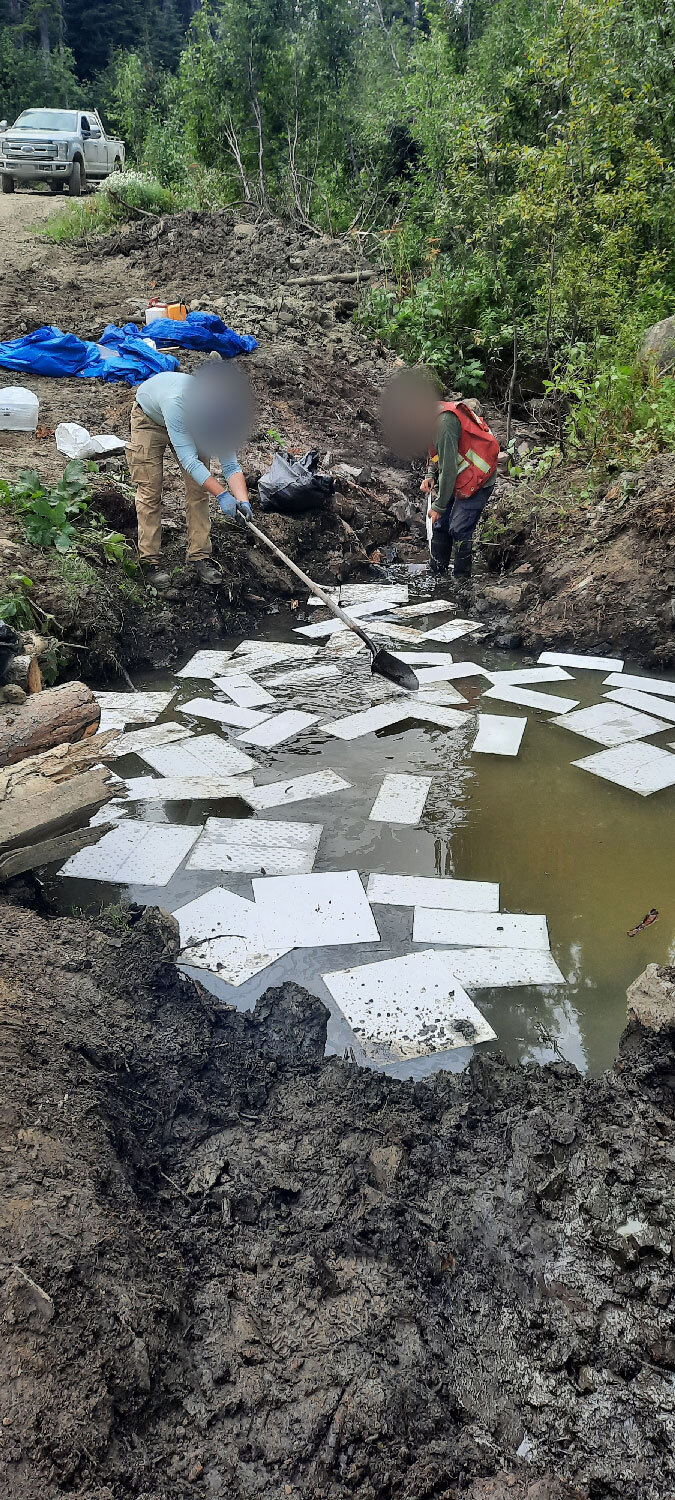
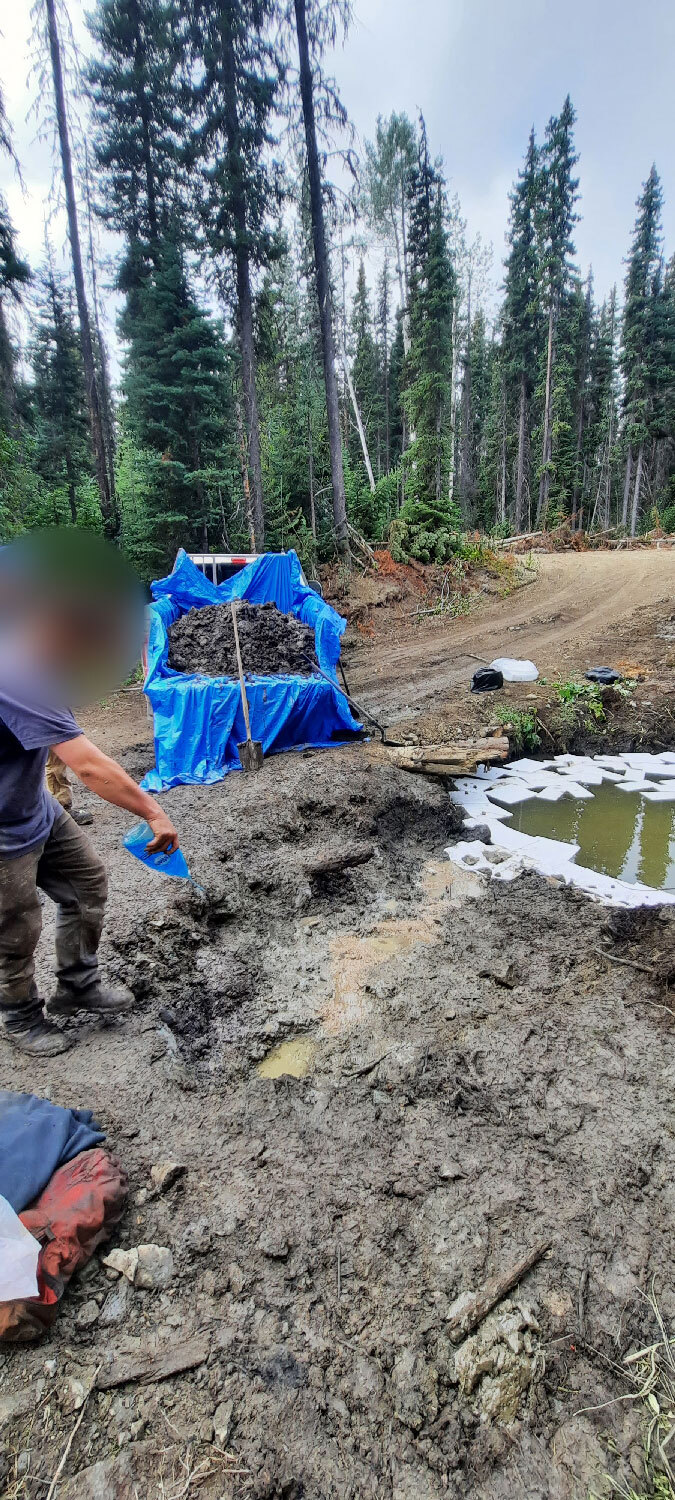
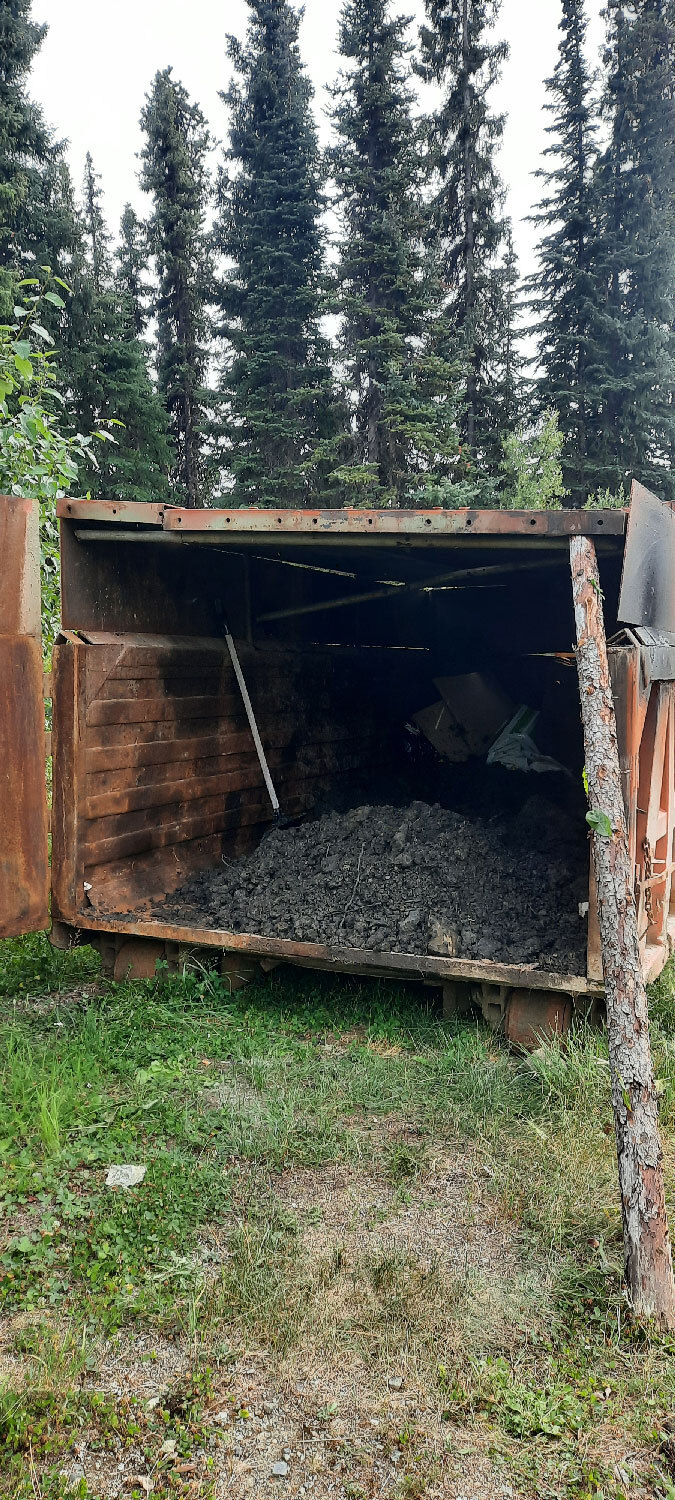
Johnston said the crew used absorbent pads to soak up the diesel that had spilled into the water and then burned the pads. “We cleaned it up. It isn’t a big deal,” Johnston told The Narwhal over the phone.
But digging a hole and filling it with contaminated soil, using dish soap and burning diesel-soaked pads are all “highly unorthodox” practices, Dean May, a hazardous materials technician told The Narwhal. “I can’t believe that whoever would be in charge of that site, whoever the jurisdiction is, would allow that.” Normally any contaminated material is transported to a facility to properly dispose of it, he added.
May, who is president of Mayken Hazmat Solutions based in Calgary, has been cleaning up spills for more than 25 years, dealing with everything from train derailments to truck accidents. “Small spills, large spills and everything in between,” he said.
Ensuring the proper authorities are notified is part of the cleanup process, May said. If a cleanup is not done properly, more damage can be done to the environment, May said.
While Laberge remembers the diesel entering a creek, Johnston said that would be “vastly overstating” the size of the watercourse.
Laberge and Johnston also disagree on how far the diesel travelled. The spill was monitored and “no petroleum reached the lake,” Johnston wrote. But Laberge is certain diesel reached the lake. A few days after the spill, he said he had a soil sample line that took him right to the lake’s shore, where he saw diesel on the edge of the water. In some spots, he said, he could smell it.
When asked about the decision to not report the spill Johnston, who confirmed he was the manager at the time, responded, “it was more important to clean it up.” Eastfield Resources did not respond to specific questions but provided a statement saying the company takes “our environmental and social responsibility very seriously.”
Lawyer Gavin Smith did not comment on the specifics of this incident but said, “for something like a diesel spill into a water body, which is a legally required thing to report, there should be significant follow up from B.C. on that.”
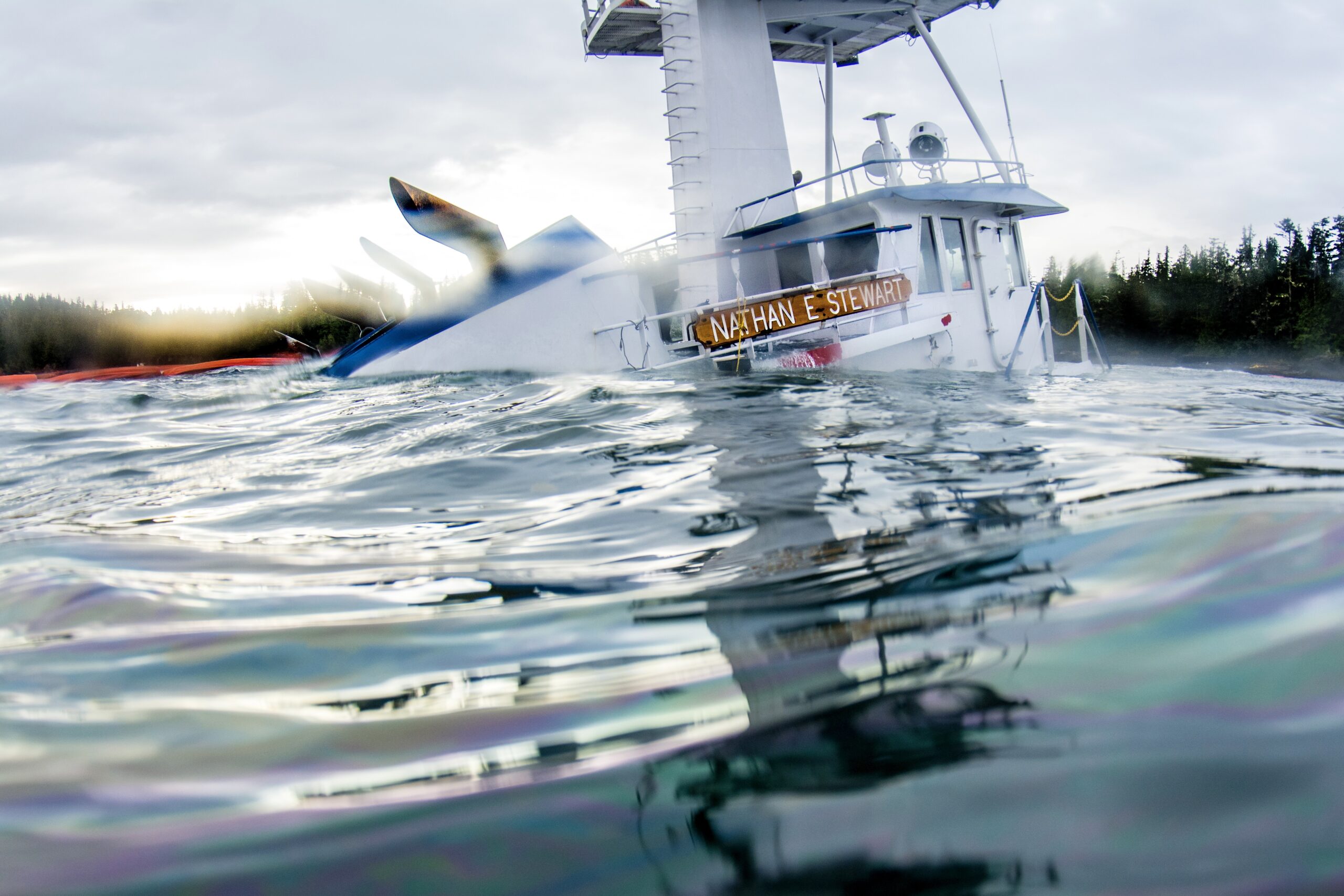
Kendra Johnston, president and CEO of The Association for Mineral Exploration, which represents over 5,000 members working in mineral exploration in B.C. and around the world, told The Narwhal spills are infrequent and most are under two litres. “They are cleaned up quickly and effectively with spill kits,” Johnston said in an email.
Spill kits typically contain things like personal protective equipment, absorbent materials, shovels and containment drums, according to the Prospectors and Developers Association of Canada’s spill management guidelines. They do not contain detergent or soap.
Under the Environmental Management Act if a reportable spill happens, a call must be made immediately to Emergency Management BC. It needs to know when and where the spill happened, what was spilled and what other agencies and First Nation governments have been advised. A follow-up report is also supposed to be submitted to the Ministry of Environment and Climate Change Strategy with more details about the cause and possible adverse effects of the spill to human health or the environment.
None of this happened at the Indata Project site in August.
The spill response didn’t sit well with Laberge, so he snapped a few photos. And in October, after his contract was finished, he reported the spill to the Ministry of Forestry’s natural resource violation reporting line, using an online form.
The automated response Laberge received left him disappointed. “We appreciate you taking the time to bring this to our attention as all complaints help inform our enforcement strategies. Emerging priorities and officer capacity may lead to some complaints not being actioned,” the email read.
There are multiple types of officers that address environmental concerns. They are mandated by different provincial and federal ministries and there can be overlap in what sites they might visit or inspect.
The B.C. government has faced criticism that it’s not doing enough to ensure resource development projects are complying with environmental rules. A 2016 report from B.C.’s auditor general specifically reviewed oversight at major mines and found there was “inadequate capacity and expertise to effectively use” enforcement tools. Capacity concerns around overall environmental enforcement have been raised, as West Coast Environmental Law has long criticized what it dubs “B.C.’s low rates of environmental enforcement.”
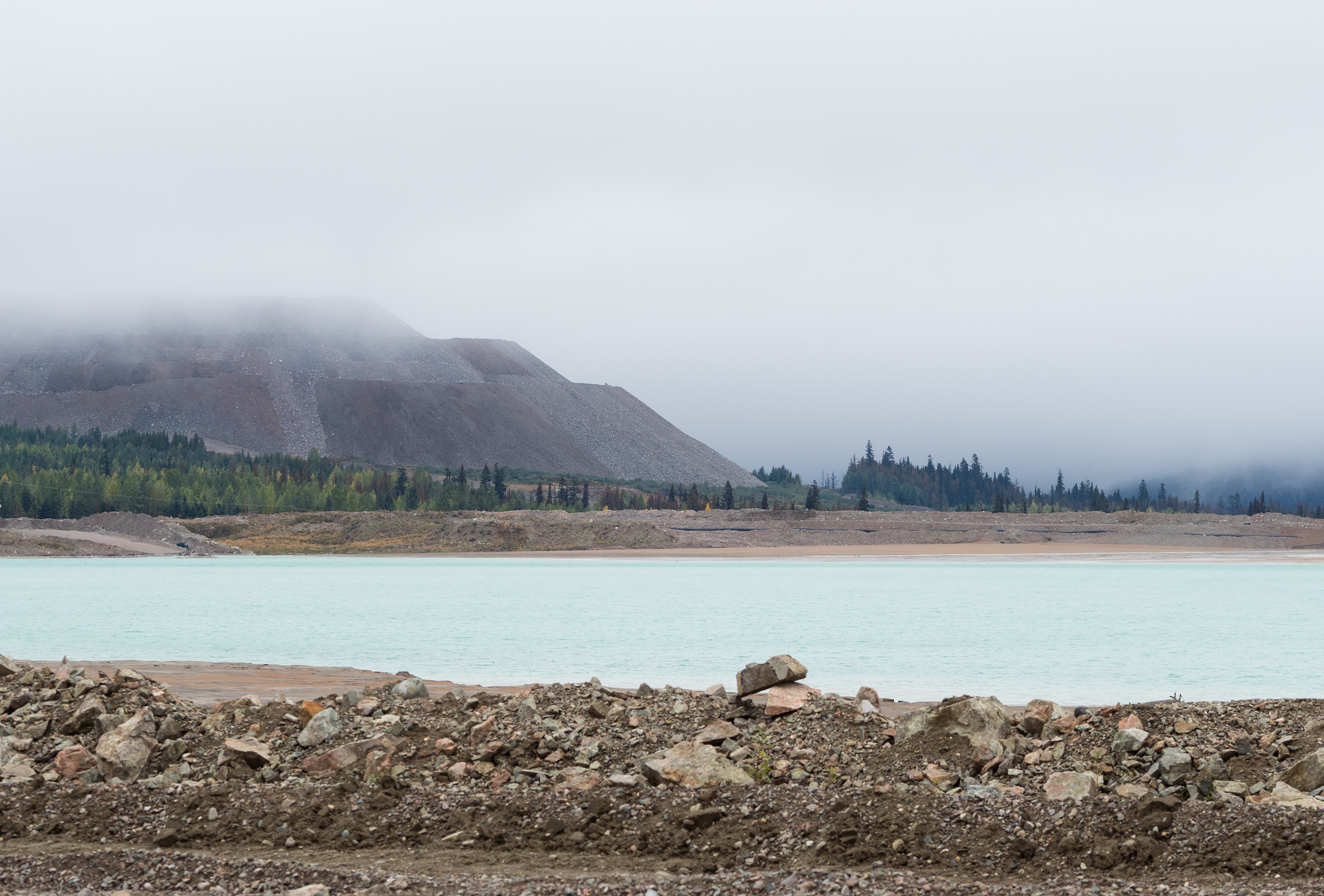
These concerns go back decades, Andrew Gage, a lawyer at West Coast Environmental Law told The Narwhal. Conservation officers are making do with the resources they have, but there needs to be more support to ensure officers can get out in the field, Gage said. That includes supporting scientists and administrators and, ultimately, “that should be paid for by the industries that they are regulating,” Gage said.
Oversight of mining and exploration sites involves multiple government agencies including the Ministry of Energy, Mines, and Low Carbon Innovation, the Ministry of Environment and Climate Change Strategy and the Ministry of Forests, Lands and Natural Resource Operations. “The agencies coordinate inspection priorities, share information about compliance concerns, share training opportunities, conduct joint inspections and “observe, record, report” for one another,” according to a Ministry of Mines’s webpage.
The Narwhal looked at staffing and inspection data over multiple ministries.
Data shows inspections and compliance actions with natural resource officers, who enforce legislation across the natural resource sector, have been generally declining. Inspections have dropped by more than 50 per cent, from 7,270 inspections a decade ago, to 3,520 in the most recent reporting year. The Ministry of Forests did not provide any clarifications on why inspections have dropped.
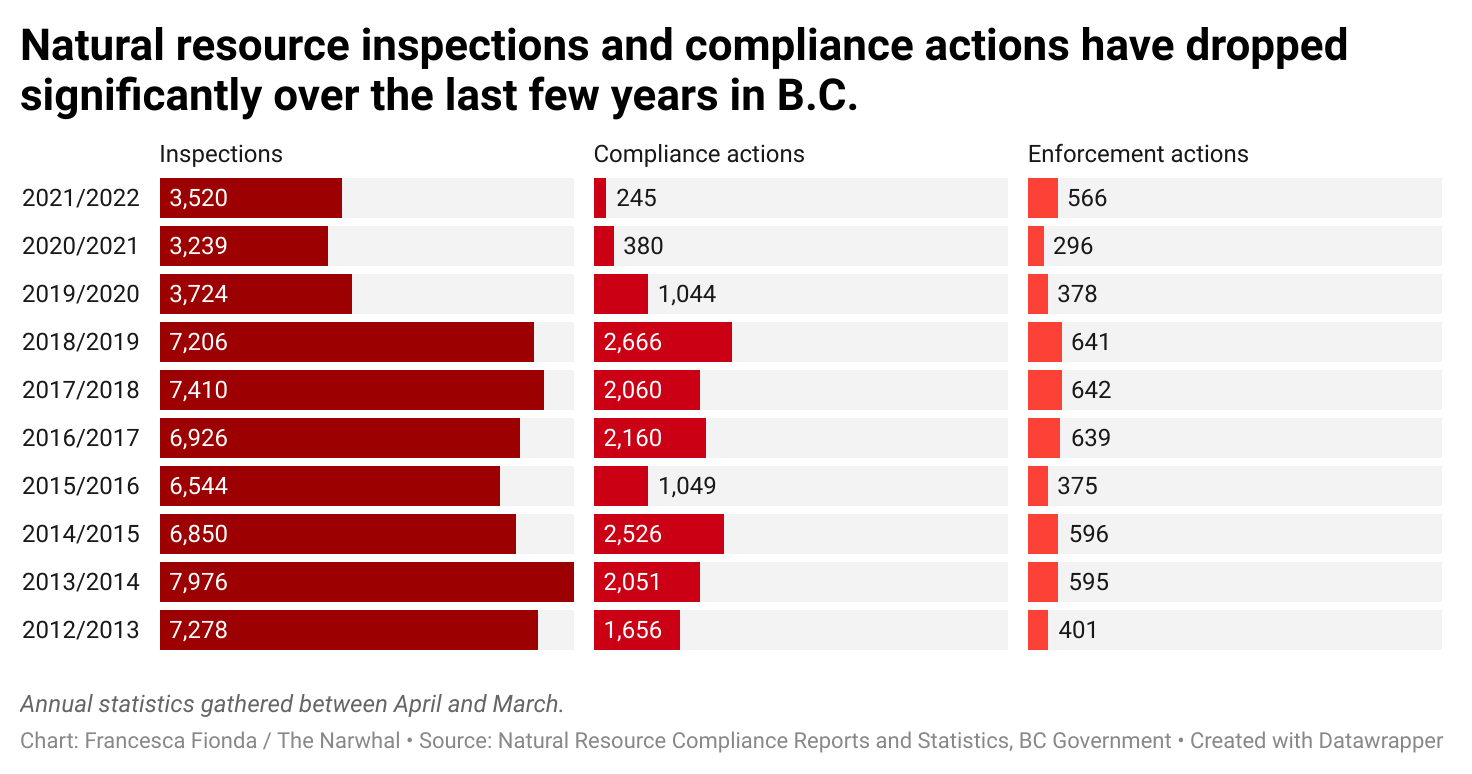
Conservation Officers enforce the Environmental Management Act and a range of other statutes. According to the Natural Resource Compliance and Enforcement Database, 2022 had the lowest enforcement and compliance activities in the last ten years with 1,703 actions. When asked to clarify, the Ministry of Environment said this is just one database but was not able to provide more data before publication.
The Narwhal sent questions to the Ministry of Environment and the Ministry of Forestry about the incident as well as the Ministry of Mines about their overall capacity in November. The Ministry of Environment confirmed in a statement the spill was reported to the natural resource violation reporting line over a month after “the alleged occurrence.” The Conservation Officer Service is now investigating and “next steps will be determined following the investigation,” a statement from the Ministry of Environment and Climate Change Strategy said.
B.C. Green Party leader Sonia Furstenau said she is aware of capacity issues across a number of agencies tasked with environmental enforcement. “The lack of enforcement and compliance in the resource sectors, and specifically in the mining sector, has been a long-standing and well-documented problem in BC, with very serious consequences,” Furstenau wrote in an email. Furstenau believes there needs to be more funding and personnel.
While Laberge reported this incident to the Ministry of Forestry, the Ministry of Mines has its own enforcement unit to monitor exploration and mining sites. There are approximately 1,388 coal and mineral exploration sites and 2,655 mines, quarries and sand and gravel operations across the province, according to the most recent annual report of the chief inspector of mines. The Ministry of Mines is responsible for ensuring all those sites are following the rules.
“To keep up with the pace of mining and exploration in B.C. and address any backlog of complaints, there should be made the necessary investment in resources and personnel to ensure regulations can be properly enforced and the industry can continue to operate in a safe and environmentally responsible manner,” Andrew Reeve, BC Liberal Caucus Press Secretary wrote in an email. “Protecting workers, industry, and the environment is vital. Anything less is a failure of this NDP government’s duty.”
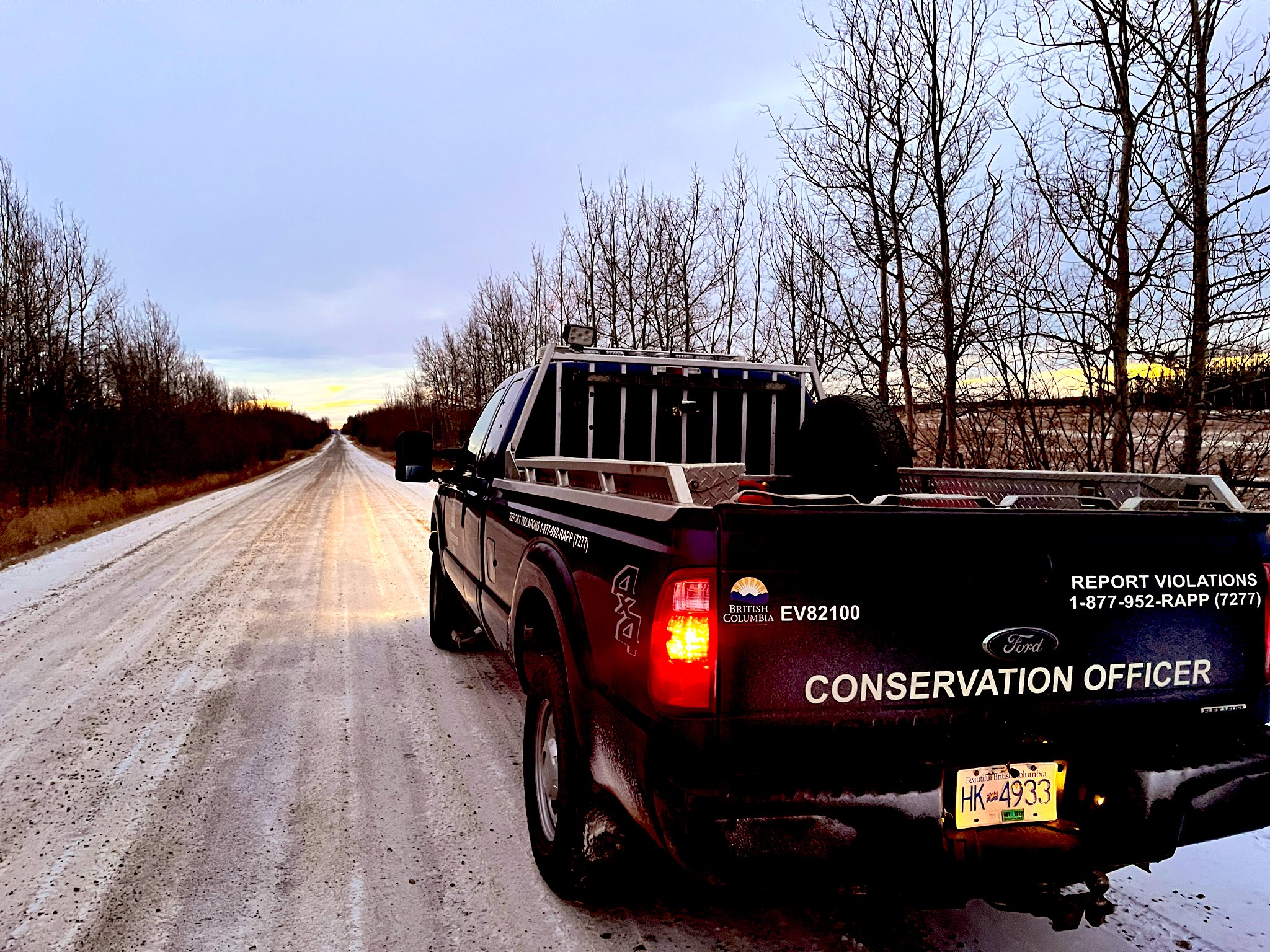
Since the 2016 auditor general’s report, the 2019 budget promised $20 million over three years to fund up to 65 new staff to “enhance regulatory effectiveness through the creation of the Mining Health, Safety and Enforcement Division.” Sixty four of 65 staff were hired by the end of 2021, Peter Lonergan, a spokesperson for the Ministry of Mines, said in an email.
A new unit was also introduced in 2017 to investigate serious incidents at mines and share findings for prevention. The Mines Investigations Unit “completed 11 reports recommending administrative monetary penalties,” in 2020/21, according to the chief inspector’s annual report.
The investments and restructuring have allowed the Ministry to manage the increase in exploration across the province and “use a risk-based approach to inform inspection activity,” Lonergan said. By 2022, the ministry exceeded their mine inspection targets by over 500 reaching 2119 inspections.
Data provided by the Ministry of Mines shows that the number of inspectors and inspections has increased steadily over the last ten years. There are currently 102 inspectors responsible for over 4,100 sites across the province.
Questions around this spill raise concerns about the entire mining industry for Edzerza. “You have to be respectful and you have to have an honest relationship. And to not report an environmental issue like this is a black eye on all of the mining industry, not just one company.”
When Laberge was notified that capacity concerns might not lead to any action on his report, he decided to reach out to the Takla Nation on Facebook, whose Territory in North Central B.C. covers approximately 27,250 square kilometers of lakes, rivers and forests between the Rockies and the Skeena Mountains.
The administrator for Takla Nation’s Facebook page responded, thanking Laberge for reporting the incident to them and asked for more information to follow up. No one at Takla Nation could speak to The Narwhal about this specific incident, but it did confirm Laberge’s Facebook message in October was the first they had heard of the spill.
“In my experience, both crown governments and proponents don’t have the capacity to fully achieve their mandates when it comes to monitoring, Valérie Courtois, director of the Indigenous Leadership Initiative, told The Narwhal. That’s one of the reasons why Indigenous Guardians are crucial to protecting the environment; they are described as the “eyes and ears” on traditional territories.
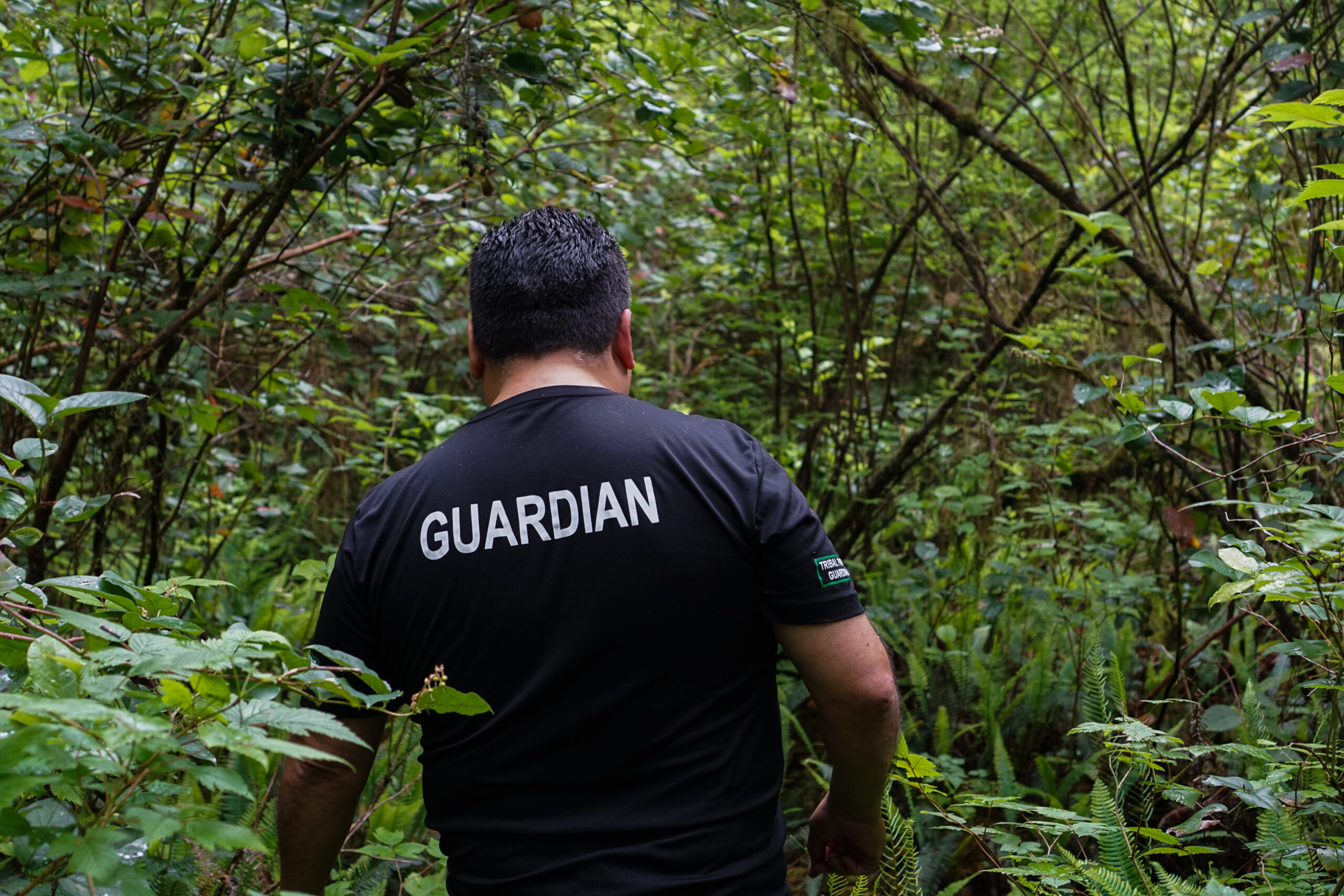
Guardians are experts who manage Indigenous protected areas through environmental testing, restoration and monitoring. There are over 110 Guardian programs across Canada. Part of their role is engaging with other land users, including industry and governments.
“We’ve been advocating to have the province share the management, share the decision making for resource decisions on our land,” Edzerza said.
The federal government recently announced $800 million over seven years to support four Indigenous-led protected areas.
“More guardians mean more eyes, mean more chance of catching things,” Courtois said, before the investment was made. “Not only do guardians cover more area more often, it’s also cheaper for them to do that than it is for conservation officers to do that,” Courtois said in reference to a recent report published by the Coastal First Nations.
This January, three months after he reported the spill, Laberge got a phone call that gave him a bit of hope. A conservation officer reached out to him to gather a few more details about the spill. Something is happening now, Laberge said, and that feels good.
For Laberge, his short experience led him to step away from working in the exploration industry. At his new job, he’s able to connect with nature. He now works at a ski lodge near Golden, B.C., taking guests hiking through some of North America’s largest alpine meadows and backcountry skiing in the nearby Purcell Mountain range. “You appreciate it. You leave no trace. You keep it clean and try to preserve the environment.”
Updated March 1, 2023, 1:18 p.m. PT: This story had been updated to include more recent data from the Natural Resource Compliance and Enforcement Database bringing the total recorded enforcement actions of the Conservation Office Service to 1,703 in 2022.
Get the inside scoop on The Narwhal’s environment and climate reporting by signing up for our free newsletter. A $335 million funding commitment to fund...
Continue reading
In Alberta, a massive open-pit coal mine near Jasper National Park is hoping to expand...

A trade war could help remake B.C.’s food system, but will family farmers be left...

First Nations are leading efforts to make sure lake sturgeon can find a home in...
